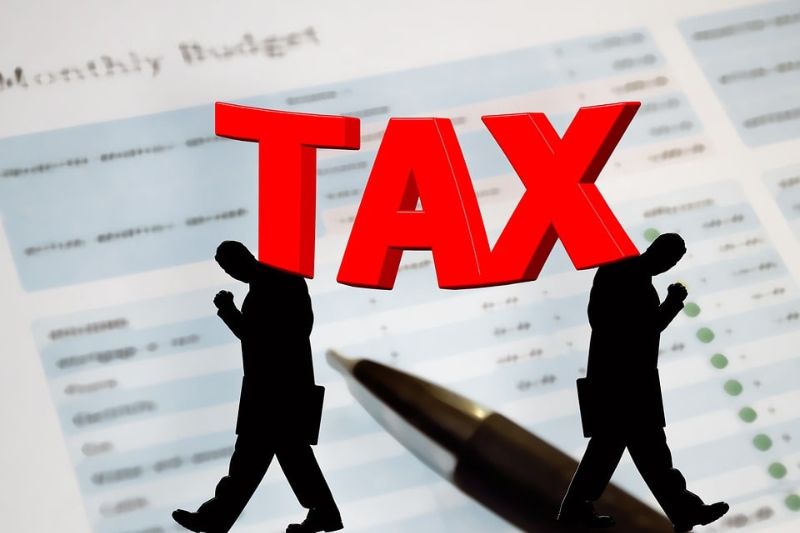No products in the cart.
R&D Tax Credit Software Captures Automation

Taking advantage of R&D tax credit can give companies who are in the business of developing or improving products, software, or processes. In general, the identification process for QRAs or qualified research activities within a business entity and the computation of the QREs or qualified research expenses together with the related R&D credit can be a worthwhile experience. However, showing the connection or relationship of business components and compiling relevant documents pose a different challenge. And in a lot of cases, these tasks are significant in the R&D tax credits claim.
A lot of companies have invested in R&D tax credit software as a tool to leverage and address some of these R&D tax claim challenges. Getting a robust and reliable R&D tax credit software will help business entities to:
- Save time on the preparation and processing of R&D tax credit claims
- Increase efficiency in the claims process
- Get a better ROI or return on investment in the long run
- More time is spent on the company’s efforts on reviewing changes in the business processes and value-adding staff, sections, or job descriptions found outside of the R&D or engineering core functions
- Allows for achieving consistency: how the company defines and quotes QREs should be consistent in base and credit years
- Simultaneously pinpoint and capture the QREs as the QRAs are performed at-the-moment
- Come up with efficiencies for retaining synchronous data or documentation relating to the QRA performed in real-time
How the Quantitative Process is Automated
For an R&D tax credit software to be considered a developed technology-enabled method, one must first identify what ways are best to determine and capture QREs.
An R&D tax credit software must work with the premise that QREs fall into 4 cost bucket categories:
- Wages for Qualified Services – an example would be wages for any employee performing QRAs
- Supplies, or tangible, non-depreciating supplies – examples of this would be consumables, ingredients, raw materials, parts, and others that are utilized within the procedure of the experimentation
- Expenses from Contract Researches – examples of these are third-party U.S.-based vendors or contractors that perform QRAs on the behalf of the company and this is subject to particular eligibility criteria on intellectual property rights for which instance bears some financial risks
- Compute Rent/Lease Costs – examples of these are the costs for expenses for cloud computing concerning server time development compared with the time for standard production level
Understanding where the data sources fall among these cost components strikes a very important and crucial role. R&D tax credit software that standardizes the method or procedure of obtaining the data and the format as well in which the company received it comes as even more important. Let us take a look at some examples of where some data can be categorized and how it relates and is used for calculation.
To calculate Wages for Qualified Services an R&D tax credit software provider will need to combine the following 2 components:
1. The payroll data from the company’s Human Resource Department or payroll provider
Working with the payroll personnel or provider and having standardized reporting using an R&D tax credit software will populate the specific data fields on an annual basis. Effectively creating a dataset from the payroll data will aid the support to accurately compute wage qualified research expenses at the company’s employee level individually. This in turn provides supporting documentation down the road such that it is also easier for the R&D tax credit software solution provider to analyze QREs moving up and laterally – at the level of the department, based on the cost center, job titles, and/or even at the level of the state to see where QREs are produced.
2. The employee time allocation reports
This part that needs to be captured by R&D tax credit software providers is intended to capture how much of an employee’s time is spent on working with QRAs, non-QRAs, and their time off as well.
Providers of R&D tax credit software should devise a method that will effectively tie the company’s life cycle or process of development to the IRS’ Section 41 language and the 4-Part Test’s underlying activities. This process makes it easier for the company and its employees to comprehend and complete each year.
Using technology tools like robust R&D tax credit software to collect data from the company’s personnel will make the annual process as efficient and repeatable as possible.
Another methodology that can be utilized by R&D tax credit software providers and their client-company is to leverage the time tracking data of their employees and group activity category codes in relation still to the activity buckets of qualified research activities. This method of employee time tracking and collection of the data, however, may often render incomplete and may weaken the claims for the QREs.
Assuredly, utilizing a data-focused R&D tax credit software tool can automate the Wage QREs computation. The R&D tax credit software does so by combining 2 data sets and using exclusive identifiers. Examples of these identifiers may be the employee ID in calculating and generating standard QRE output that will thus be part of the company’s R&D quantitative documentation.
The remaining 3 categories for what constitute QREs, namely Supplies, Contract Research Expenses, and Computer Rent/Lease Costs typically come from the same data source. These cost elements typically are derived from the company’s trial balance and ledger details that may have been previously standardized in some way.
How the Quantitative Documentation Goes With an R&D Tax Credit Software
The collection and organization of synchronous documentation can be considered just as important as the retention of the supporting details of QREs calculation. Although the documentation is not entirely required to be submitted as part of the R&D claims process together with the tax return, the taxing authorities will solicit information to back up what has been claimed as qualified costs.
The most pressing documents that will be requested by authorities can be derived from the typical activities of the company’s products, processes, or software development life cycle.
Remember that even with a fully-functioning, robust R&D tax credit software for the automation of quantitative processes, the quantitative documentation must be developed with an effective strategy. Perhaps employees who contribute to the QRAs should retain and submit examples of technical documents to a shared folder at every stage of the company’s R&D development process.















Leave a Reply